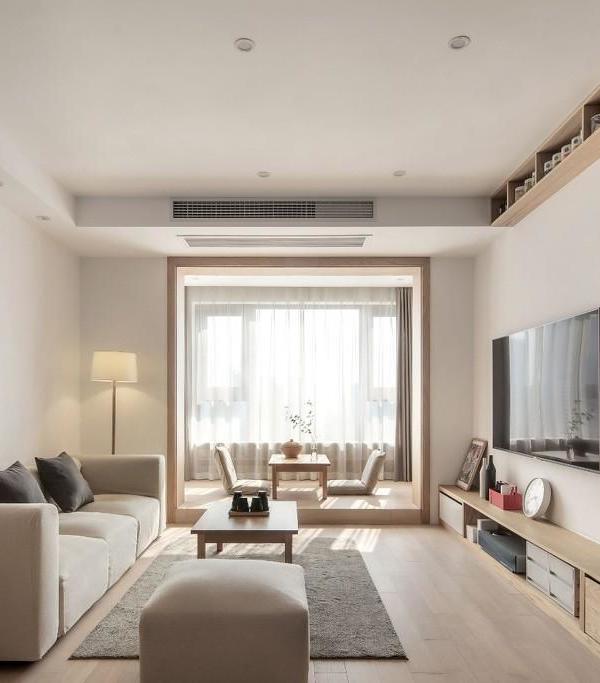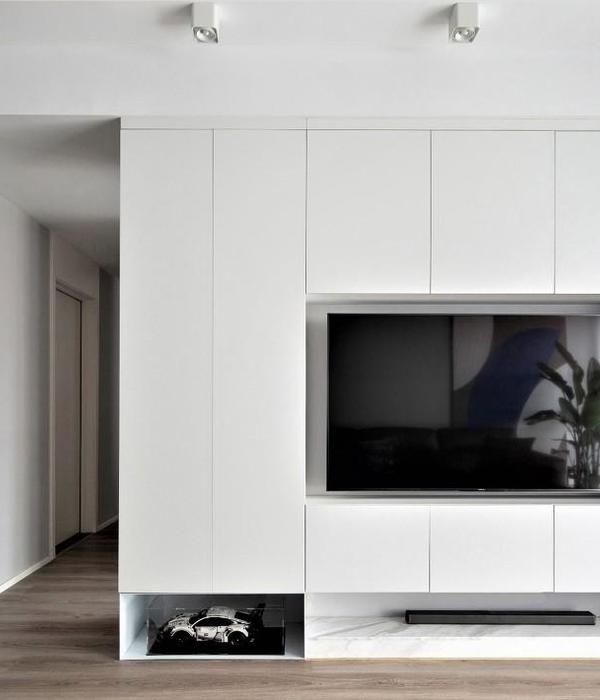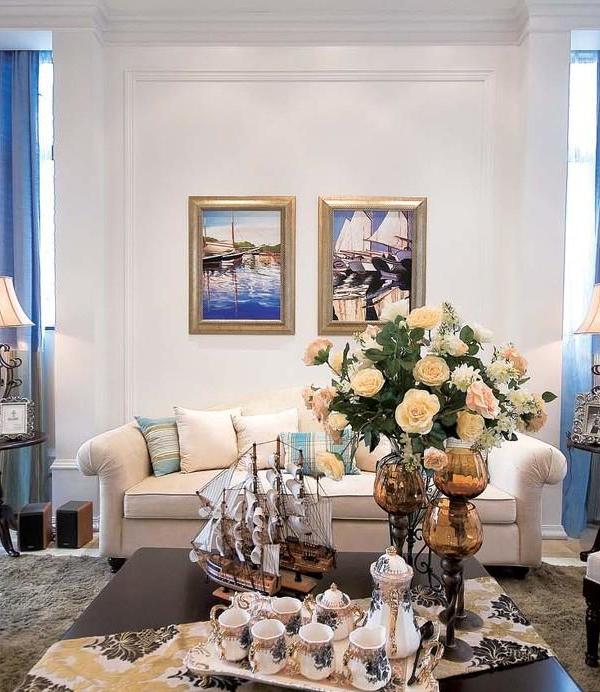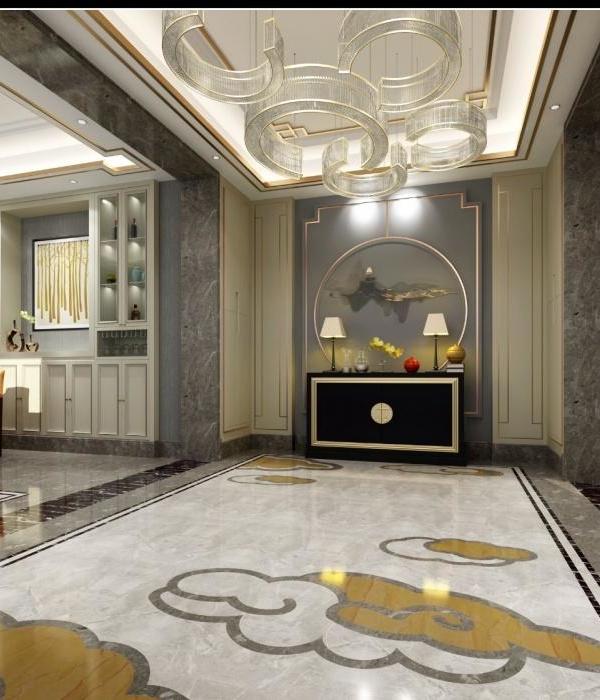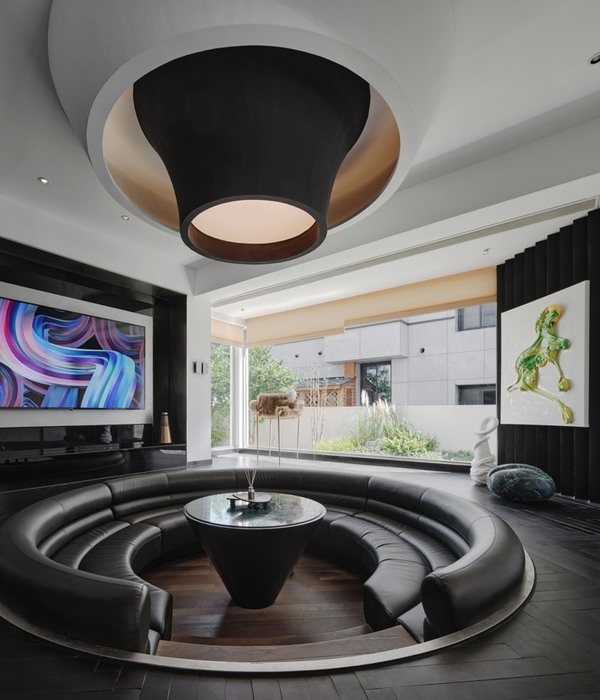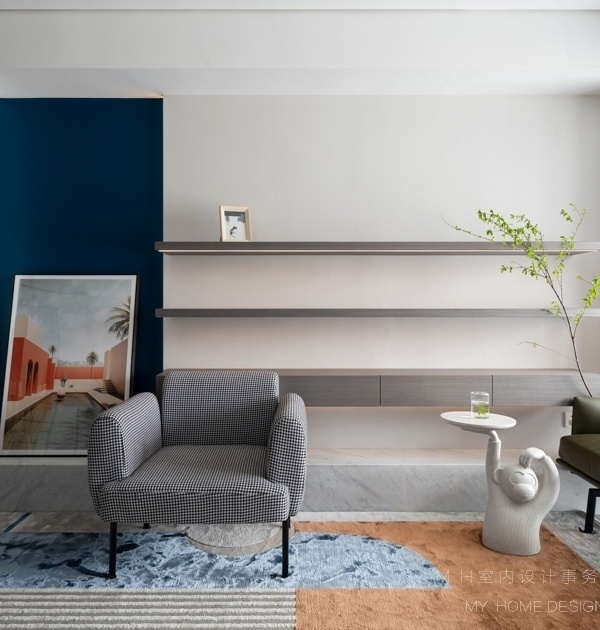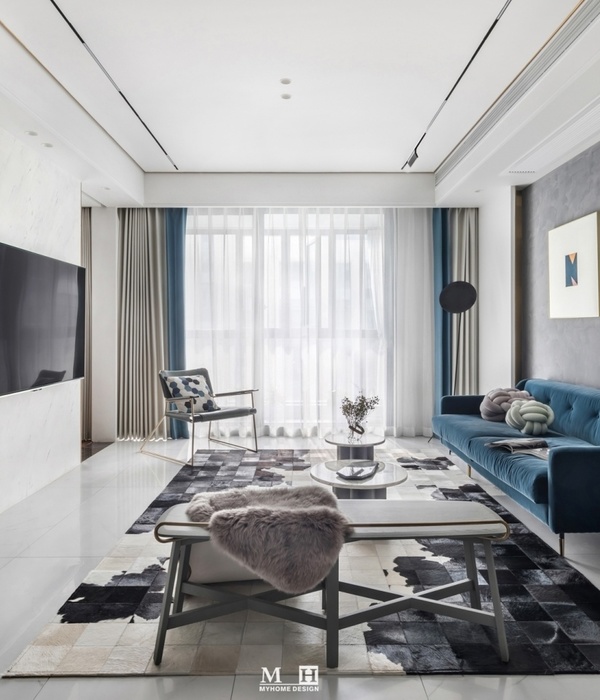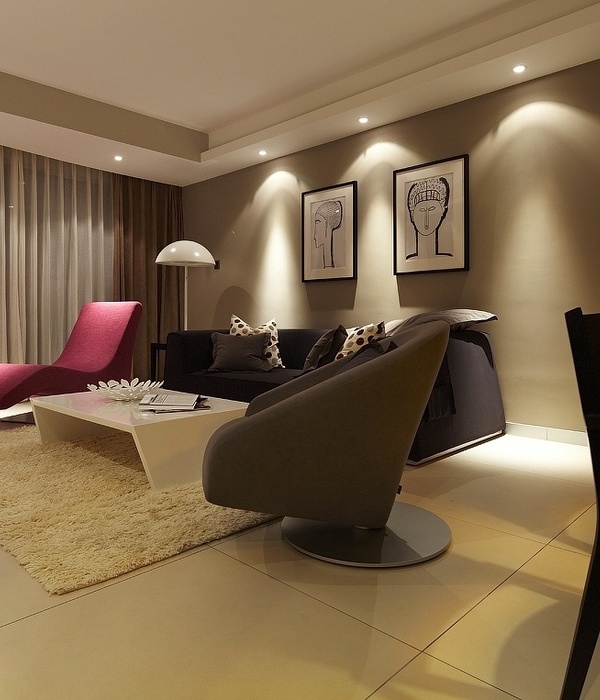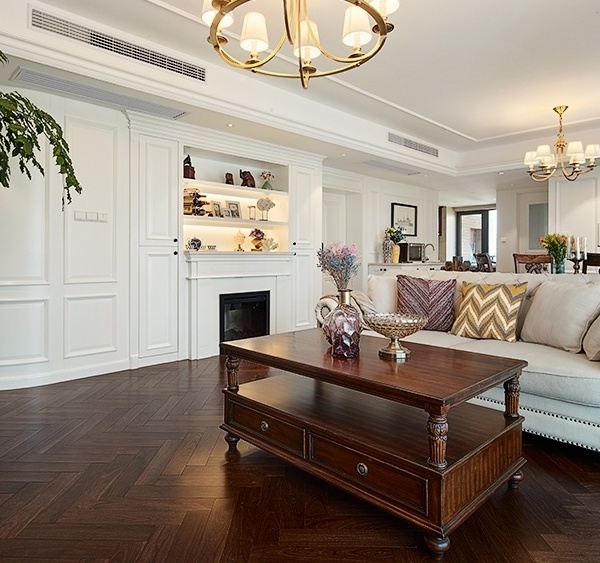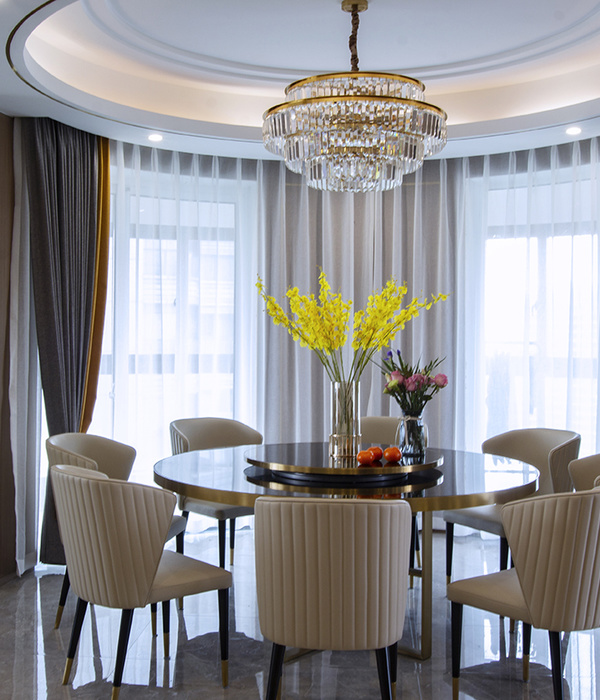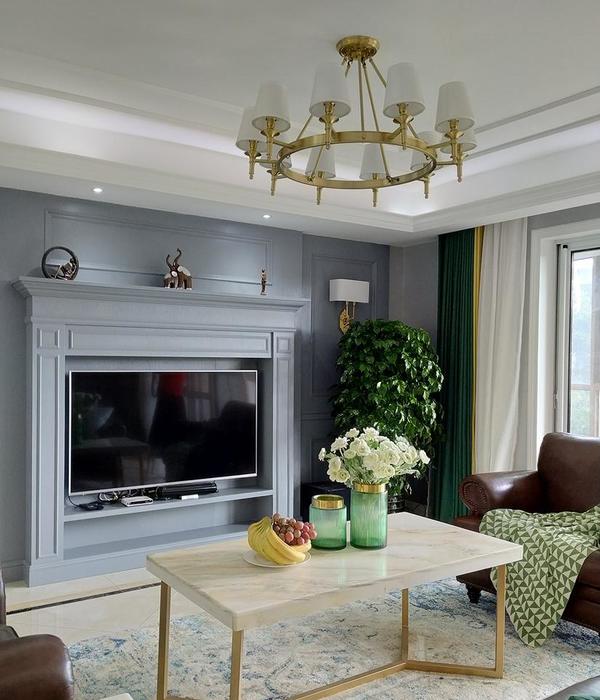Stagioni House is part of a set of two houses that look like large stone frames to contemplate the forest from warm and cozy interiors. Both houses in this complex were designed to respectfully accommodate short and weekend stays among the trees. 60% of the land is occupied by green areas that surround the buildings. All the existing trees — eighteen Pinus oocarpa — were respected and served as compositional premises: the terraces were designed to incorporate them as a central element.
The main challenge when building was the topography that determined that the houses have a difference of one meter between their levels of rudeness. Both are in the middle rear part of the property —set back about twelve meters from the general access— to accentuate the sensation of being immersed in the forest. A stone frame of great forcefulness frames each facade while it unifies and cohesive the composition horizontally. Another monumental frame frames the transition between living room and dining room while lowering loads to the ground in a transverse direction.
Both houses are oriented east-west and have two floors. On the ground floor, the living and service areas were arranged: access, garden, living room, dining room, terrace, television room, kitchen, a half bathroom, and utility room. In the room, the wood of the kitchen doors spreads out like a rug and frames the dining room in a warmth that makes it stand out without the need for walls. The staircase is another leading compositional element: hanging from the upper slab with tensors, it becomes a permeable circulation, a harmonious transition between the elements of the program; the steps have basalt traces and wooden edges. The fireplace, also in basalt, is designed to accentuate the feeling of spaciousness and its height —deliberately low— leaves views free from anywhere in the room. Rest areas were arranged on the upper floor: four bedrooms in each house with their respective bathrooms and dressing rooms. In the back of one of the houses there is also a pool.
The palette of finishes takes up those used in the region but in such a way that they give a luxurious atmosphere: imported marble, basalt and wood, materials that also characterize the style of the office. The facades covered with basalt and cumarú —a tropical wood from South America— have large clearings of insulated glass that regulates the temperature and sound inside. The perimeter fence is enclosure. For the ground floor floors, stone materials were chosen —national cream ivory marble and Thassos marble— to protect the house from damage by stormwater runoff, since the area lacks sewage; for this very reason, houses have storm tanks installed. The wood ceiling and floors upstairs make the atmosphere warm and inviting. The furniture is by Esrawe, the dining room table was designed in collaboration with Punto Griego and works by Aldo Chaparro were incorporated.
In the living spaces, the aim was to highlight the surroundings and for this purpose, obstructive lighting or unnecessary brightness was avoided: for the office, the visual comfort generated by the darkness of the forest was important, so that depth contrasts were considered from the interior lighting, limits and approaches that dialogue with the landscape. The rooms and bathrooms have operational lighting achieved through downlights, and courtesy light that gently enhances the comfort of the spaces through boxes.
The main intention of Casa Stagioni is to produce in its occupants the sensation of being surrounded by forest, without distinction between inside and outside. Design a modern, comfortable container, full of personality, that allows you to perceive the landscape from any point of the house. And also, be a respite, away from the bustle of the city, to relax or meet with the family while the seasons go by.
{{item.text_origin}}

